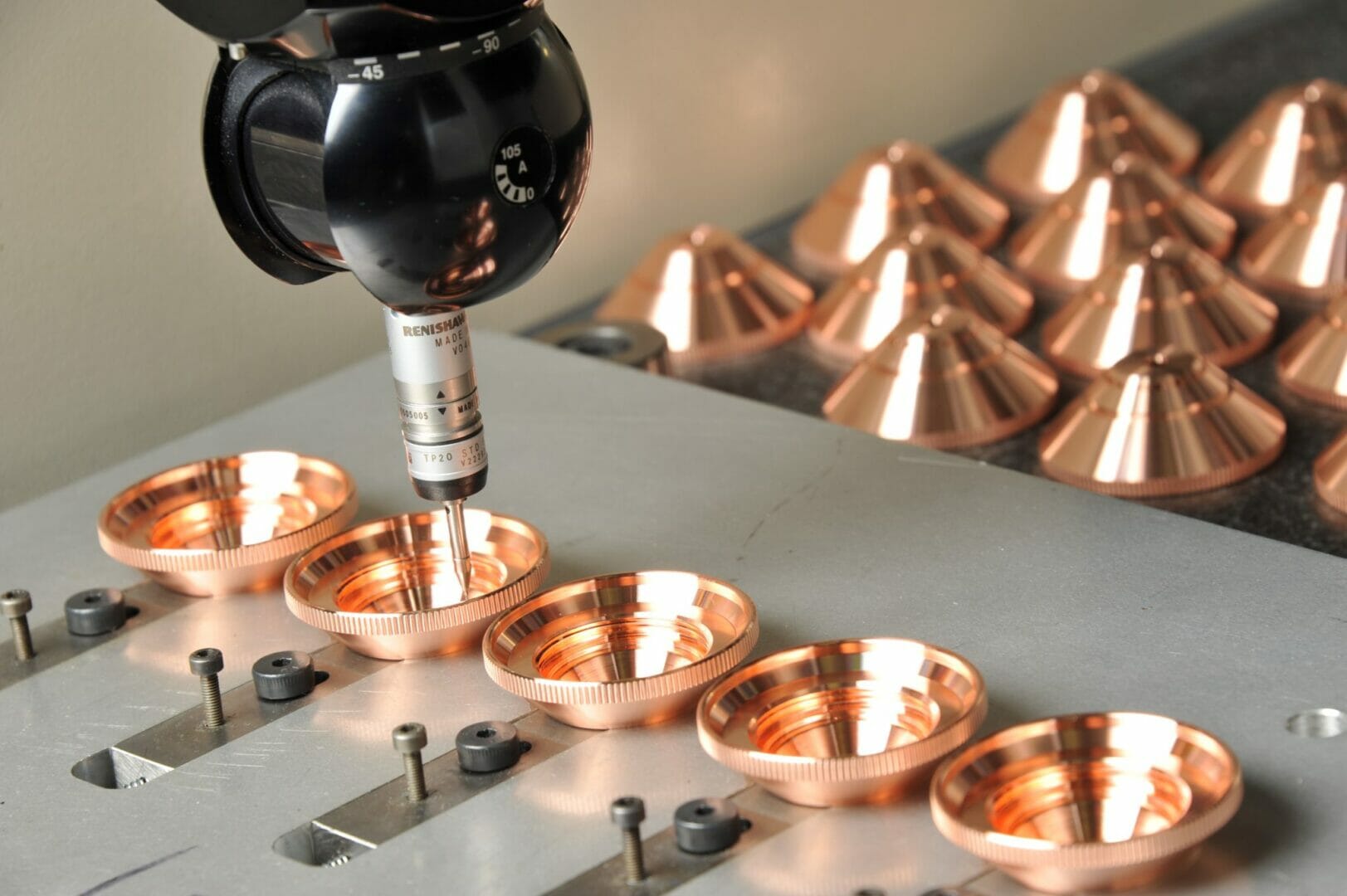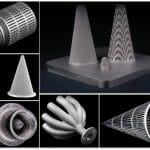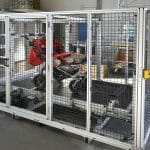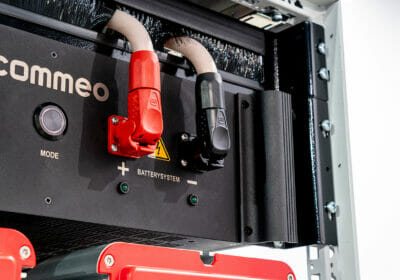Manufacturers seeking new ways to boost sustainability and productivity without compromising quality might care to consider the cold forming technique. This process enables single-piece, high-integrity metal parts to be manufactured at low cost, with minimal waste and to ultra-fine tolerances. Mark Jennings, Engineering Director at Dawson Shanahan explains.
Metal components of various shapes, sizes and complexities can be produced by cold forming. Simple parts or multi-faceted cold formed and finished machined components can be produced for a diverse range of applications. Original equipment manufacturers (OEMs) who embrace the technique, can benefit from single-piece manufacturing which brings a host of strategic advantages and solid business benefits.
The process involves extruding a single component part from a metal blank in one operation at ambient temperatures via a mould and die, enabling complex shapes to be formed with minimal requirement for finishing operations. Mechanical characteristics, including part strength, are maximized, waste is practically eliminated, and high volume parts can be produced both quickly and to a consistent standard of quality.
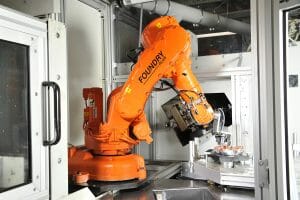 Cold forming provides an alternative to cutting, milling or grinding the required shape from a solid piece of metal. While also avoiding the structural weaknesses that can accrue when joining a complex part from several machined components by welding or brazing.
Cold forming provides an alternative to cutting, milling or grinding the required shape from a solid piece of metal. While also avoiding the structural weaknesses that can accrue when joining a complex part from several machined components by welding or brazing.
Cold forming also enables components to be manufactured to a higher standard than is possible with alternative processes. Unlike machining, for example, which is an extractive process, cold forming works with the grain, and the grain structure of the material being extruded is forced to follow the contours of the punch and die. As a result, the strength of the part is maximised along its length, in the same way that a piece of wood is stronger along the line of its grain.
As cold forming essentially uses a mould and die into which the metal is extruded it is restricted in terms of the profiles that can be produced. Nonetheless, for complex parts, it may still be possible to use cold forming to create sections of the part and by doing so, reduce the total number of components involved. Moreover, the process is capable of delivering precision-engineered parts with up to 80% less scrap than would be the case with machining.
Cold forming can be performed using forward extrusion, backward extrusion and free flow methods, depending upon the application and component type. Dawson Shanahan can use the benefit of its experience to offer advice on which may be the most appropriate for a particular project.

